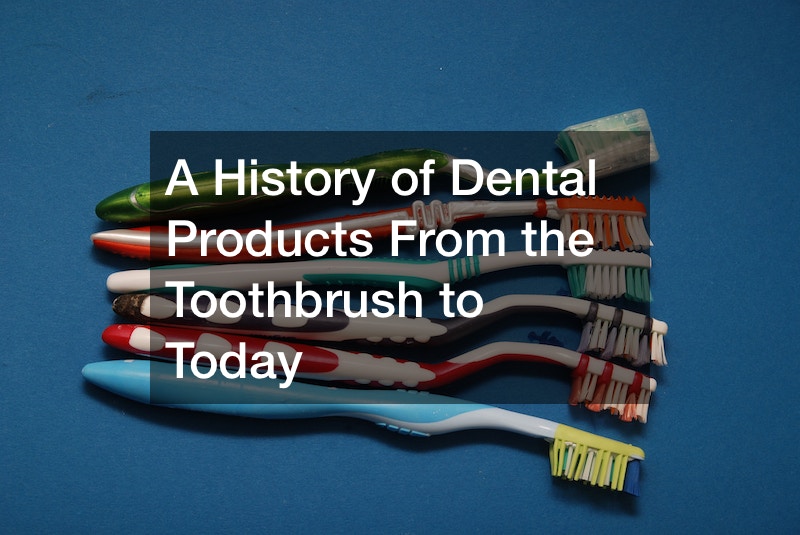Image Source: https://toothbrushhistory.com/a-history-of-dental-products-from-the-toothbrush-to-today/
A History of Dental Products From the Toothbrush to Today Toothbrush History
A tooth-colored toothpaste that contains luoride will create fewer cavities. A second argument was that the fluoride ion will prevent erosion of tooth enamel and also strengthen enamel. Dr. Horace Wells
Connecticut dentist who was the first to pioneer the use of the use of Nitrous Oxide (NO) as an anesthetic for dental procedures. Wells was born in 1869 and worked as an eminent dentist in Northampton, Connecticut. In 1894, he received his degree from the University of Hartford. He was also awarded a degree in dental medicine from the same school in the year 1896. In 1895, he relocated to Hartford where he opened his own practice. He entered into a partnership around 1900 alongside William Crawford. By the time the year 1890 was over, Wells began lecturing about the topic of anesthesia. He was requested by Harvard Medical School to speak about anesthesia to a tiny medical group in September 1896. At the end of the lecture, the doctors requested to experiment with an anesthetic for themselves. Wells was asked to help the patients to sleep. The following day all the surgeons met for dinner to discuss the new application of anesthesia. It was an enjoyable experience. In the following years, there were other dentists who began using NO when it came to dental anesthesia. Doctor Wells came up with hypodermic as well as intravenous injections. One of his earlier research included the usage of NO by dentists for purposes of anesthesia.
Dental FillingsThe first dental fillings were made up of silver amalgam introduced in the US in the early 1830s. This, as well as other types of materials, were utilized in the 1840s , 1850s, and 1830s to restore teeth damaged or had decay.
These fillings were often placed in a sealed container for years, which meant they were susceptible to corrosion and infection. A mercury-poisoning victim passed away after the filling had been removed. Silver amalgam became the standard material in the 1870s. By the 1880s, amal
.